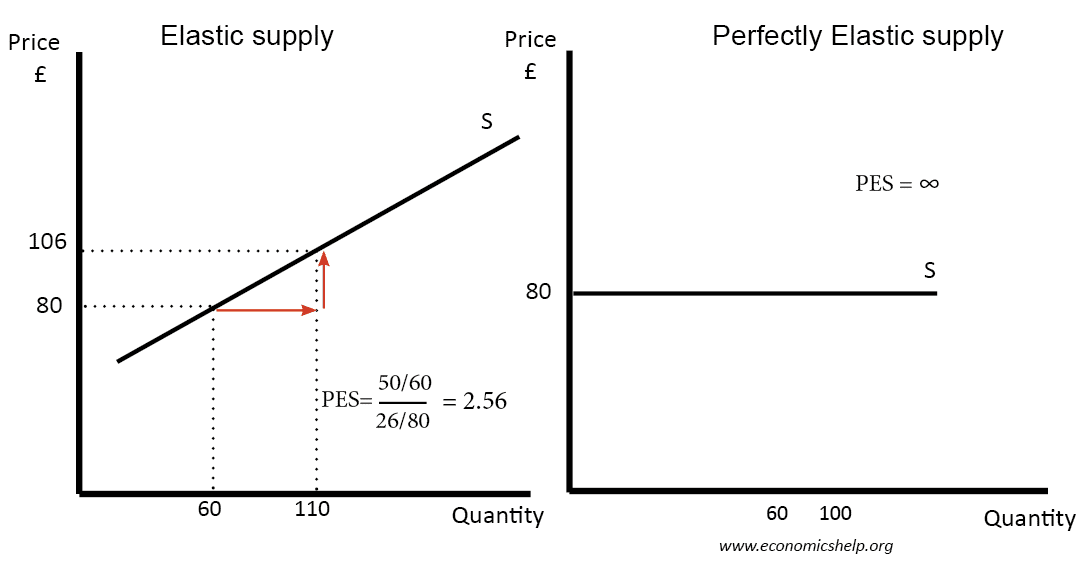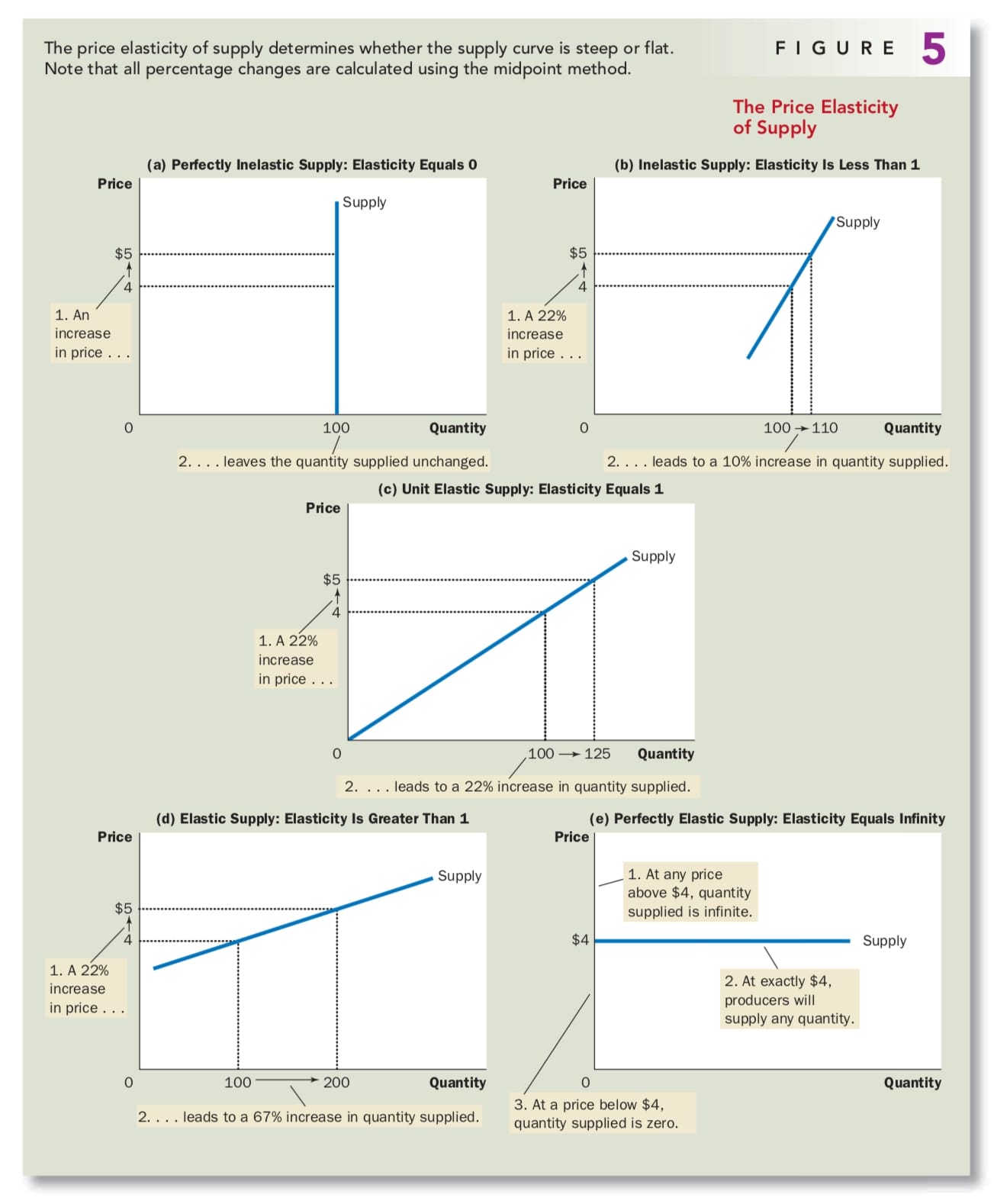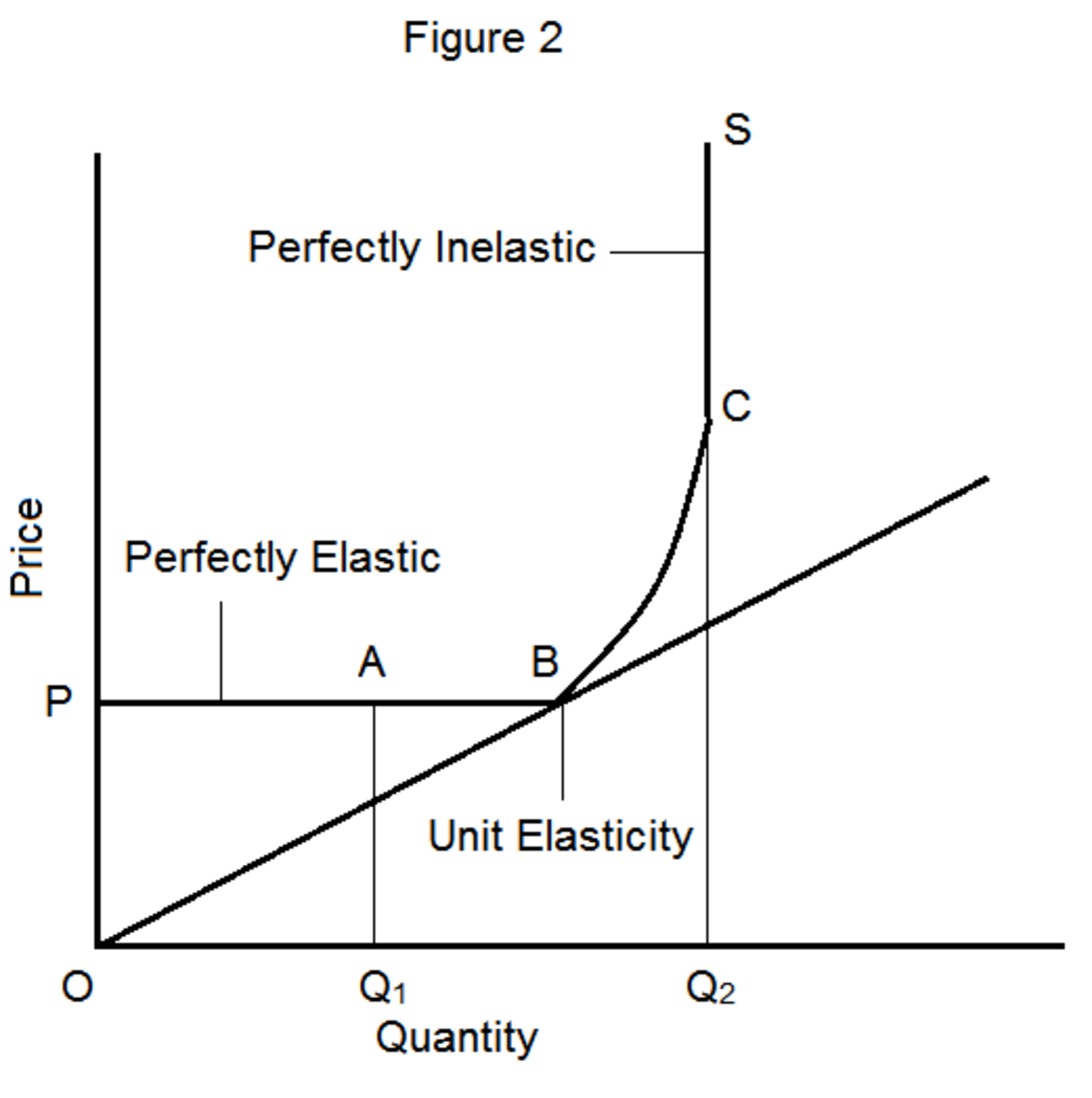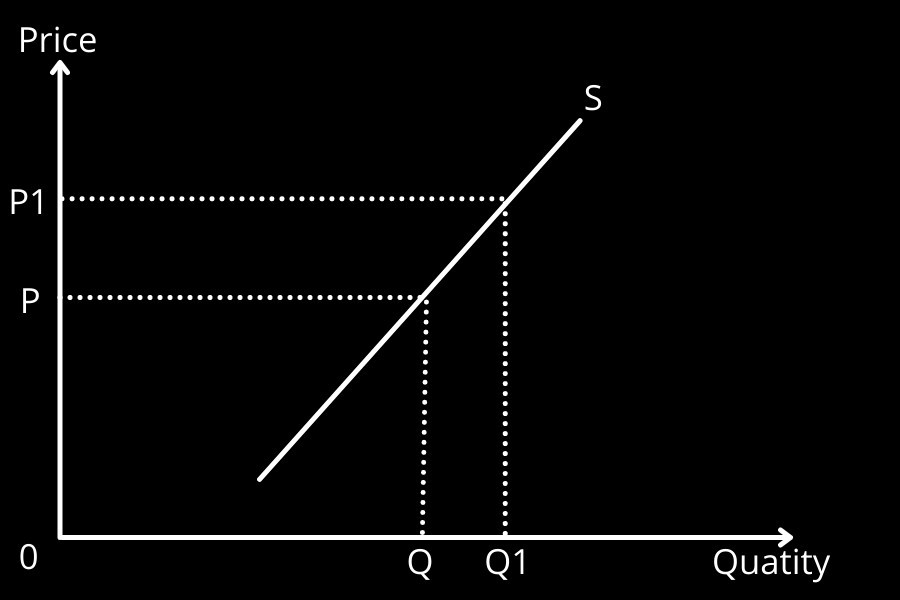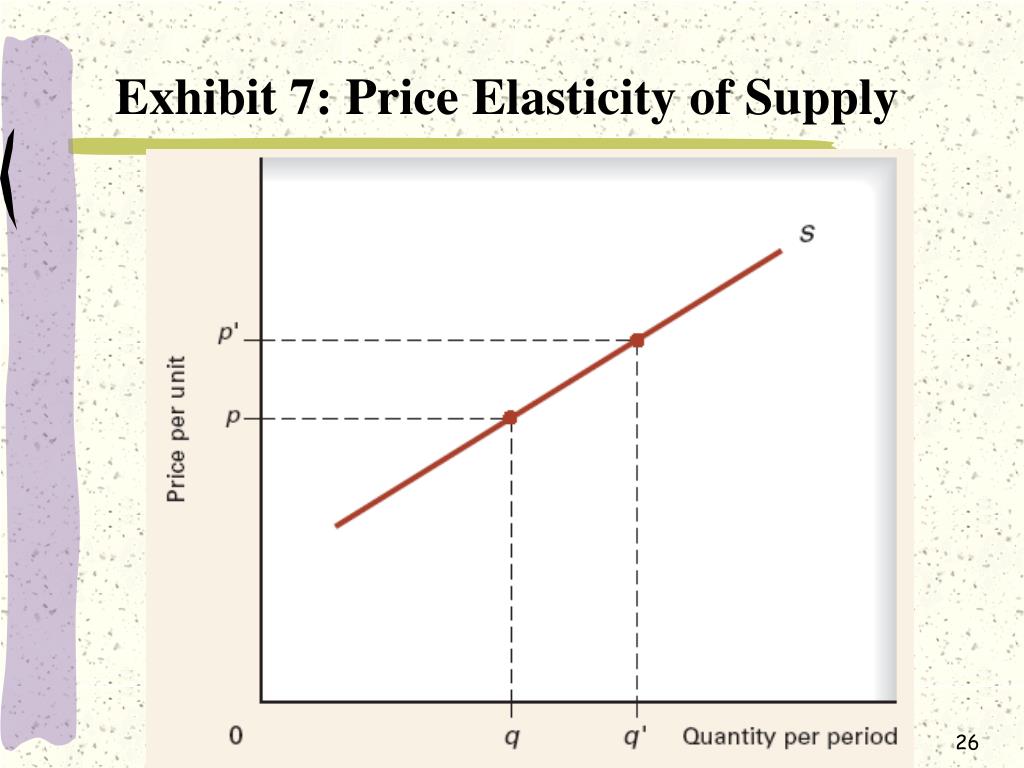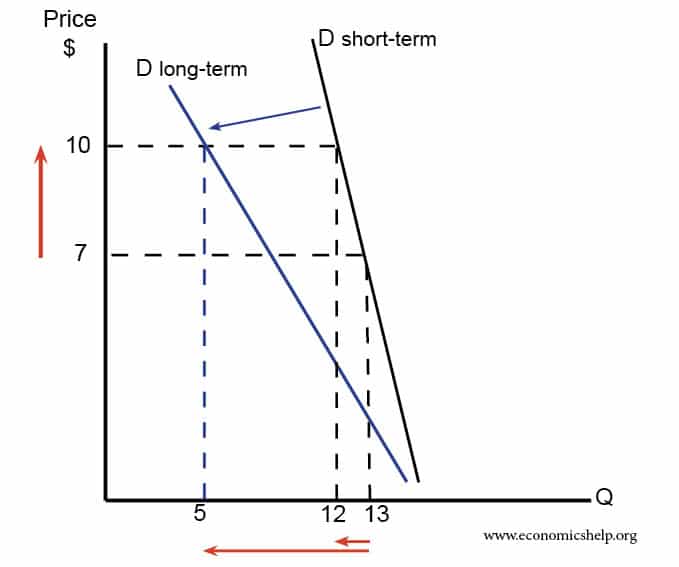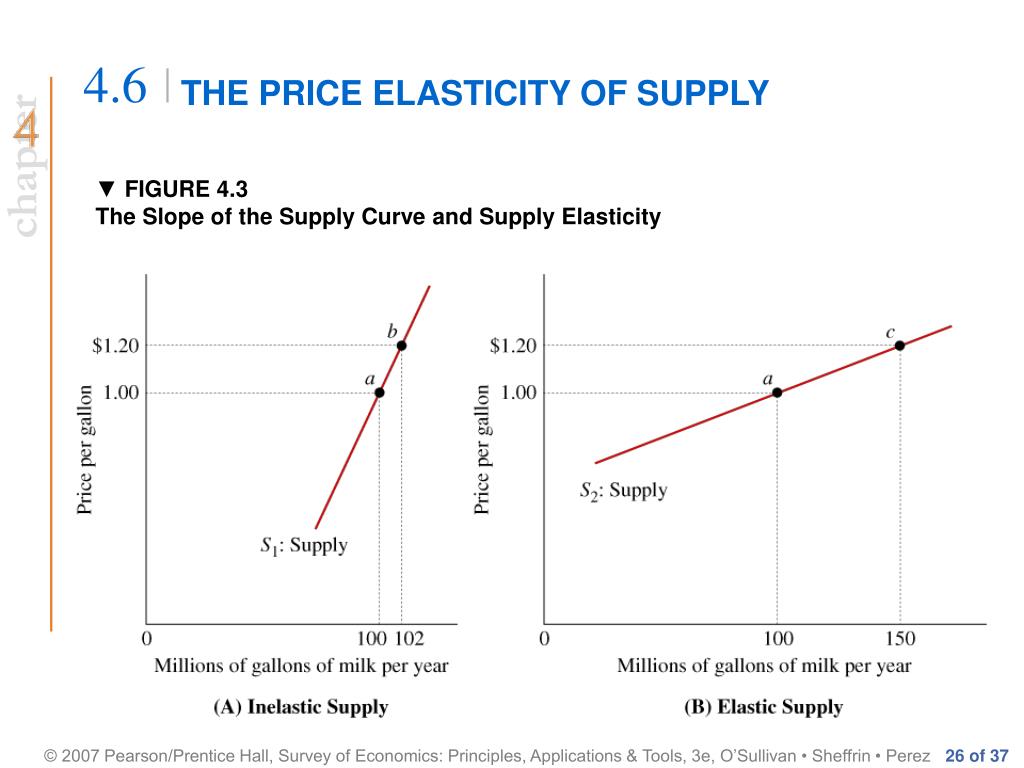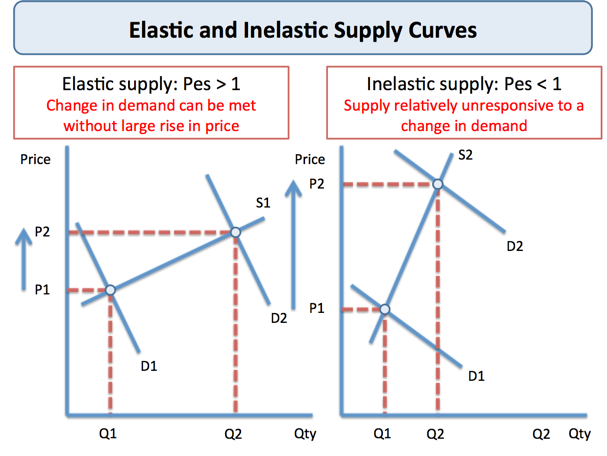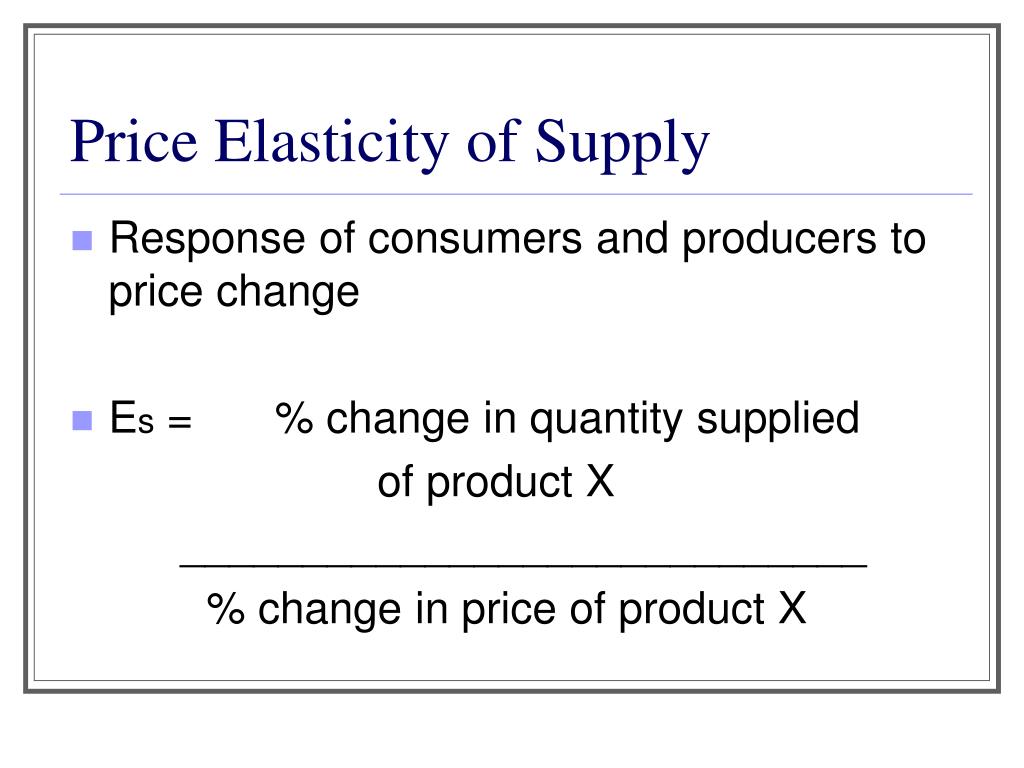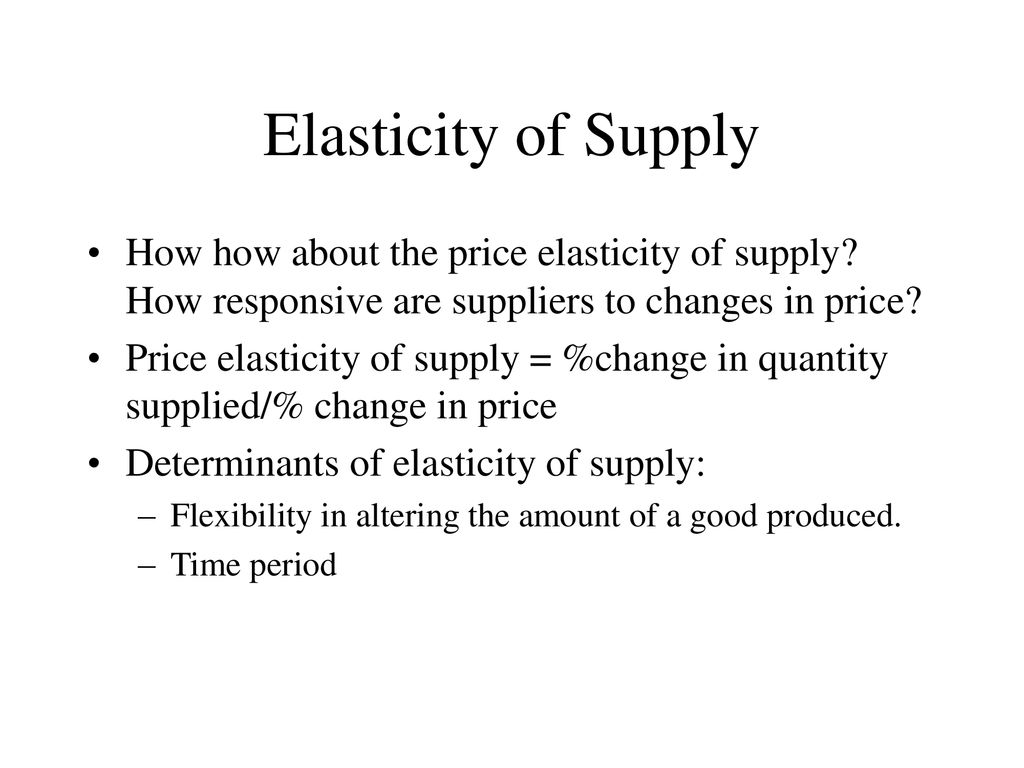Price Elasticity Of Supply Decreases The Longer The Time Period

Market volatility intensifies as supply responses lag. Producers face mounting pressure to adapt as elasticity dwindles over time.
This report details the escalating challenges businesses face when adjusting supply to meet demand in increasingly compressed timeframes, revealing critical insights for strategic planning in today's fast-paced economy.
Supply Elasticity Squeeze: Immediate Impacts
Economists are observing a significant trend: the price elasticity of supply diminishes markedly as the time horizon shrinks. This means producers find it increasingly difficult to alter output levels quickly in response to price changes.
Short-term inflexibility is creating bottlenecks and contributing to wider price swings across various sectors.
Agricultural Sector Hit Hardest
The agricultural sector is particularly vulnerable. Farmers often can't instantaneously increase crop yields or livestock production when prices spike due to weather conditions or sudden demand surges.
A recent USDA report indicated that even a 20% increase in wheat prices only resulted in a marginal supply increase of less than 5% within the immediate growing season.
This inelasticity is fueling food price inflation and creating uncertainty for consumers.
Manufacturing Faces Production Constraints
Manufacturers are also grappling with supply rigidity. Limited access to raw materials, lengthy production cycles, and workforce constraints restrict their ability to rapidly scale up output.
The Semiconductor Industry Association (SIA) has highlighted how long lead times for chip manufacturing equipment are exacerbating supply shortages, despite surging demand from the automotive and electronics industries.
A SIA representative stated, "Our members are operating at near full capacity, but even with significant investments, expanding production takes time – often years."
Energy Markets Experience Volatility
Energy markets are exhibiting similar patterns. Oil and gas producers face geological limitations and significant capital expenditures to increase production quickly.
According to the Energy Information Administration (EIA), even with elevated oil prices, the rate of U.S. oil production growth has been slower than anticipated due to drilling rig availability and infrastructure bottlenecks.
This supply inelasticity is contributing to the price instability observed in global energy markets.
The Time Factor: A Key Determinant
The primary driver of decreasing elasticity is the time constraint. In the immediate aftermath of a price change, firms simply lack the capacity to make significant adjustments.
Over longer periods, businesses can invest in new equipment, hire more workers, and secure additional resources, allowing them to respond more effectively to market signals. But that takes time.
Investment decisions, resource acquisition, and production planning all require time to execute, leading to the observed decrease in elasticity in the short run.
Impacts on Consumers and Businesses
The consequences of this trend are far-reaching. Consumers face higher prices and reduced product availability, while businesses struggle to meet demand and maintain profitability.
Smaller businesses, in particular, may be disproportionately affected as they often lack the resources to quickly adapt to changing market conditions.
The result is increased market instability and uncertainty.
Mitigation Strategies
Businesses are exploring various strategies to mitigate the impacts of decreased supply elasticity. These include building larger inventories, diversifying supply chains, and investing in flexible production technologies.
Government policies that promote infrastructure development, streamline regulations, and encourage innovation can also play a crucial role in enhancing supply responsiveness.
“The key is to build resilience into the system,” argues Dr. Anya Sharma, a leading economist at the Institute for Global Commerce.
Looking Ahead: Monitoring and Adaptation
The trend of decreasing supply elasticity is likely to persist, given the increasing complexity and interconnectedness of global supply chains.
Ongoing monitoring of market dynamics and proactive adaptation strategies are essential for businesses and policymakers alike.
Continued research into factors influencing supply responsiveness and the development of innovative solutions are critical for navigating this evolving economic landscape.

